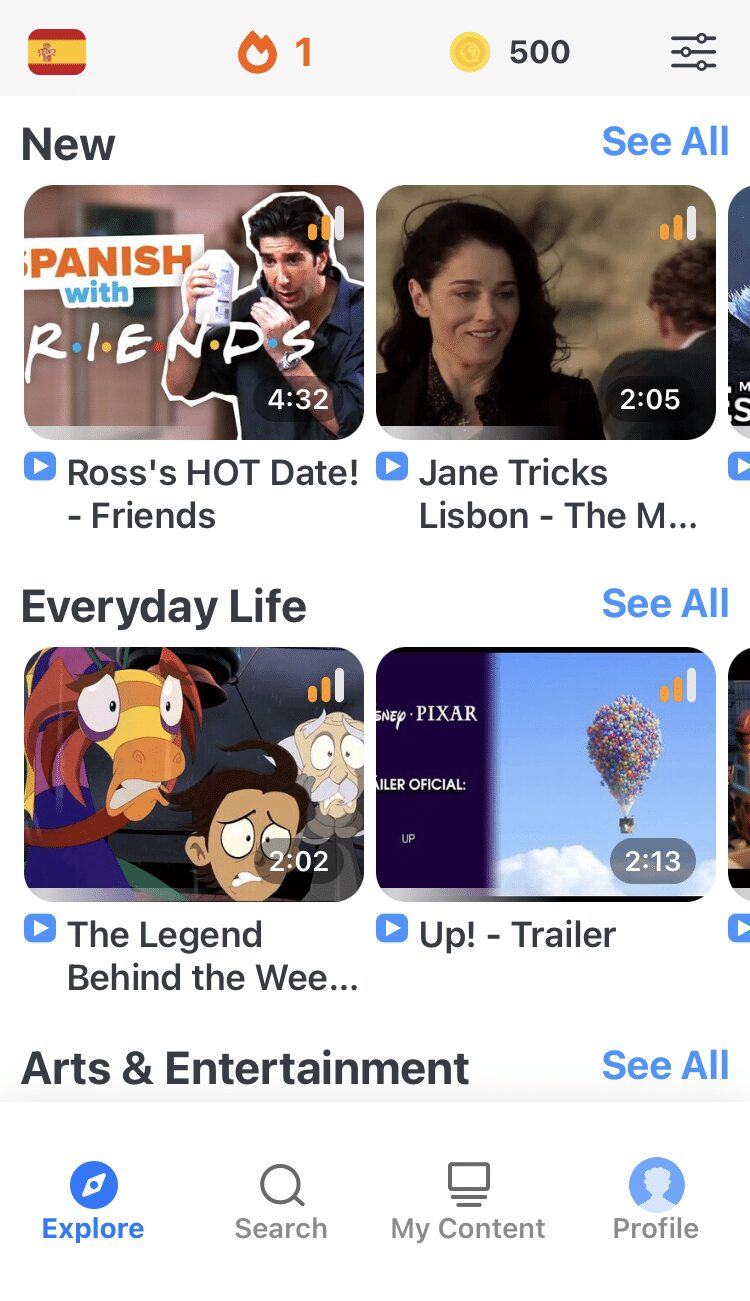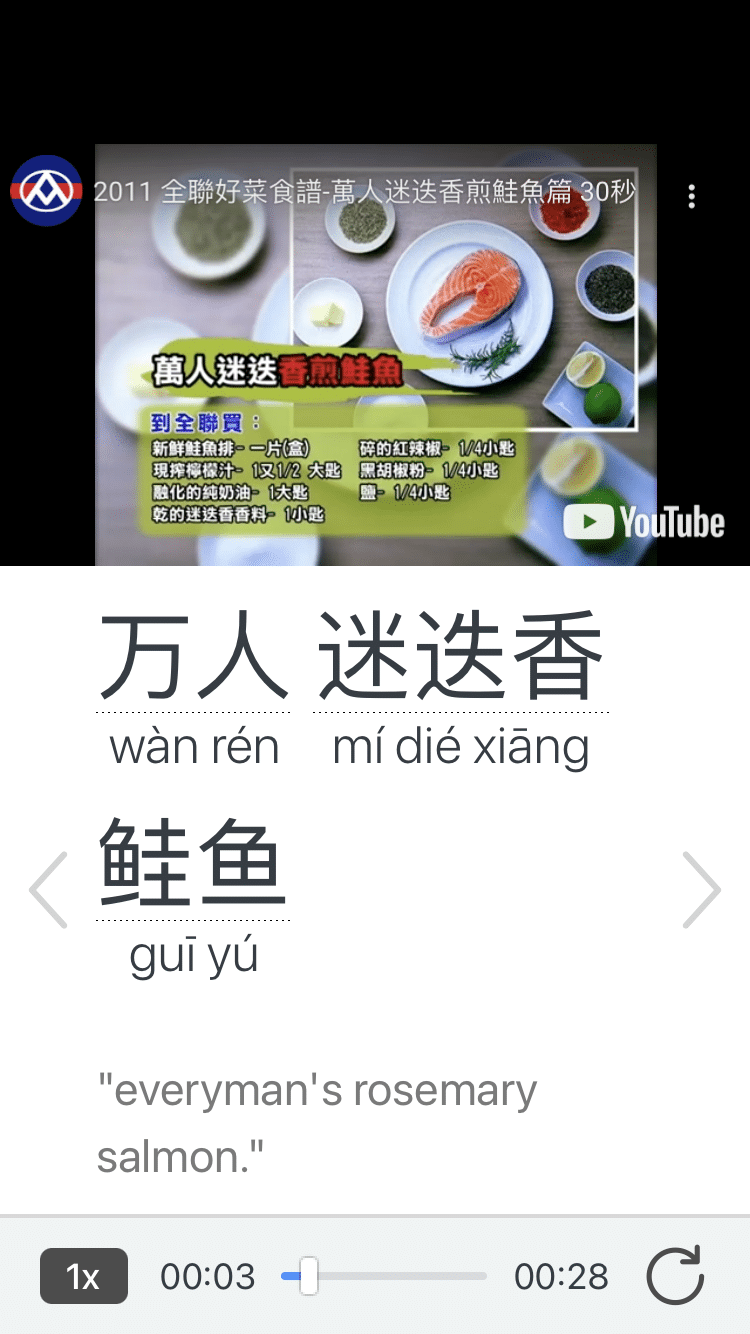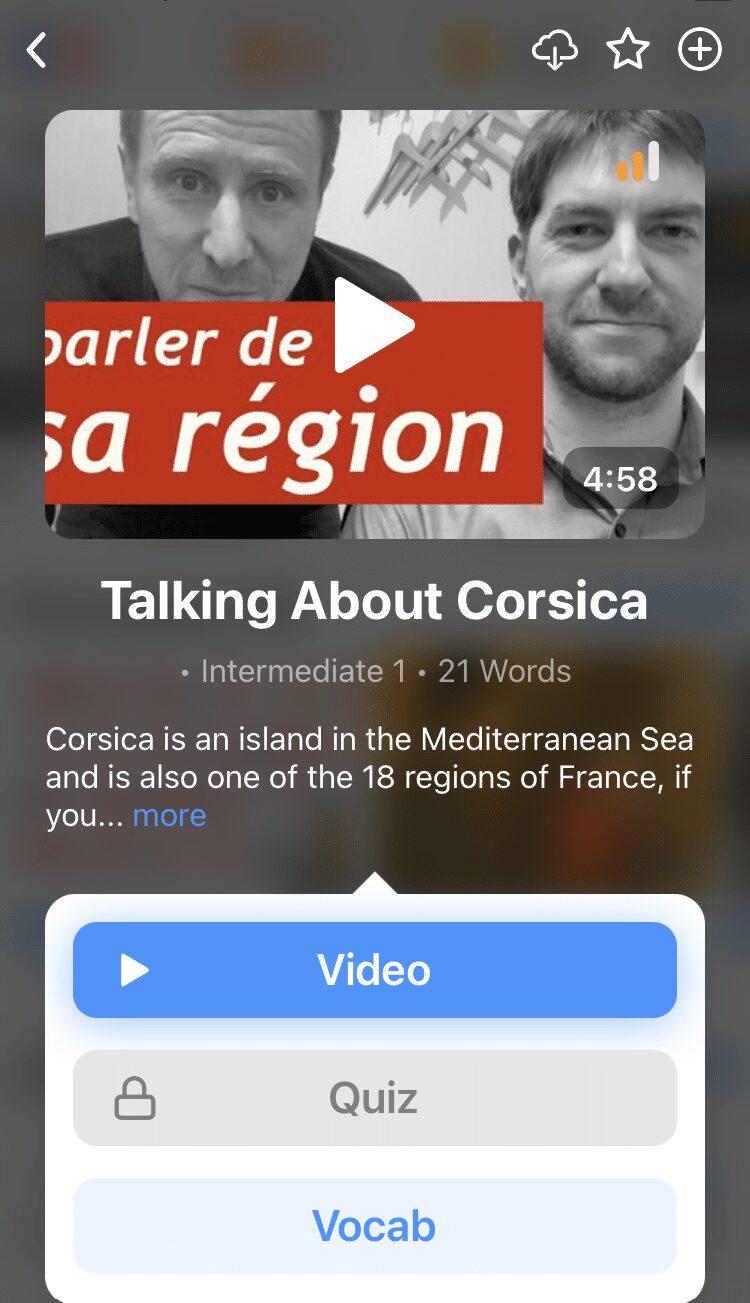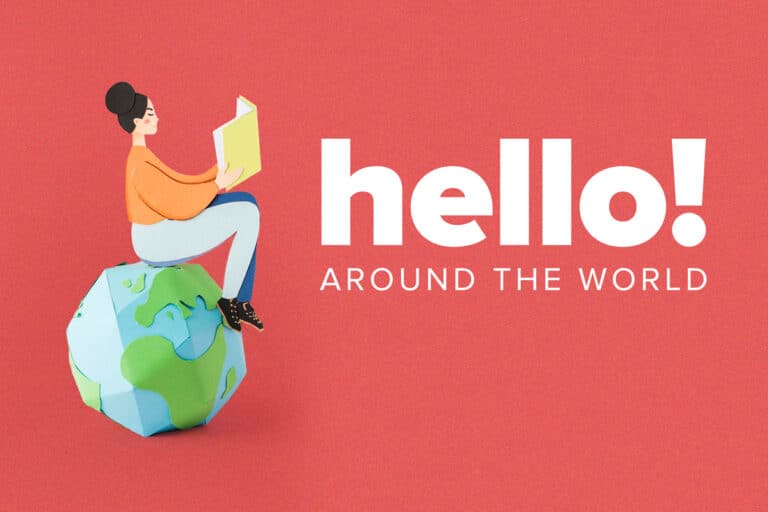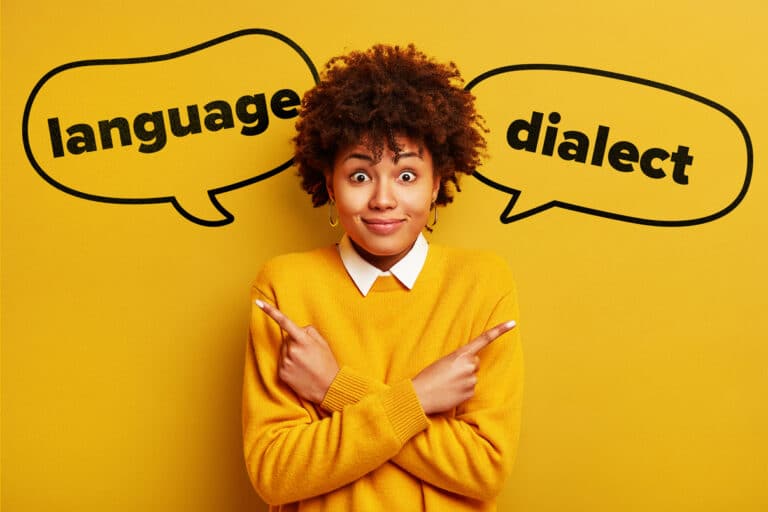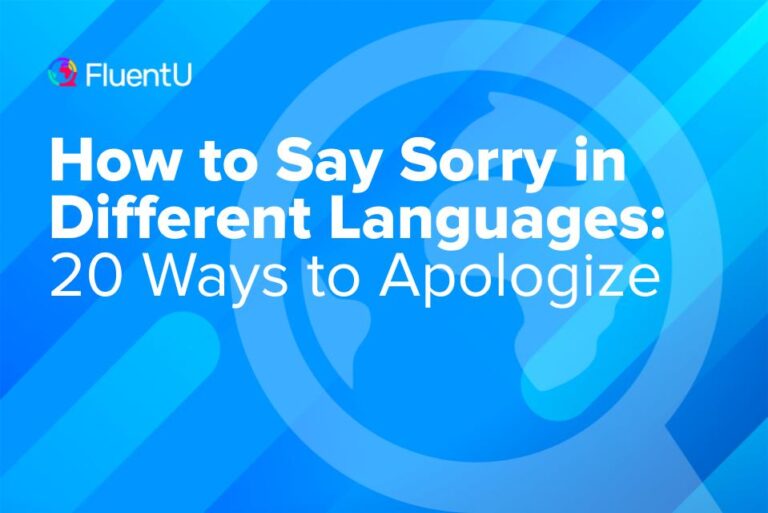Contents
- 1. Afrikaans: Dankie
- 2. Arabic: شكرا (shukraan)
- 3. Bengali: ধন্যবাদ (dhonnobad)
- 4. Cantonese: 唔該 (m̀h gōi)
- 5. Czech: Děkuji
- 6. Dutch: Dank je
- 7. Finnish: Kiitos
- 8. French: Merci
- 9. German: Danke
- 10. Greek: ευχαριστώ (efcharistó)
- 11. Hawaiian: Mahalo
- 12. Hebrew: תּוֹדָה (toda)
- 13. Hindi: धन्यवाद (dhanyavaad)
- 14. Icelandic: Takk
- 15. Indonesian: Terima kasih
- 16. Italian: Grazie
- 17. Japanese: ありがとう (arigatou)
- 18. Khmer: ឣរគុណ (au kun)
- 19. Korean: 고마워 (gomawo)
- 20. Mandarin: 谢谢 (xièxie)
- 21. Nepali: धन्यवाद (dhanyabād)
- 22. Persian: سپاسگزارم (sepās-gozāram)
- 23. Polish: Dziękuję
- 24. Portuguese: Obrigado
- 25. Romanian: Mulţumesc
- 26. Russian: Cпасибо (spasibo)
- 27. Spanish: Gracias
- 28. Swahili: Asante
- 29. Swedish: Tack
- 30. Tagalog: Salamat
- 31. Thai: ขอบคุณ (khàawp-khun)
- 32. Turkish: Teşekkür ederim
- 33. Ukrainian: Дякую (dyakuyu)
- 34. Urdu: شکریہ (shukriya)
- 35. Vietnamese: Cảm ơn
- And One More Thing...
How to Say “Thank You” in 35 Languages
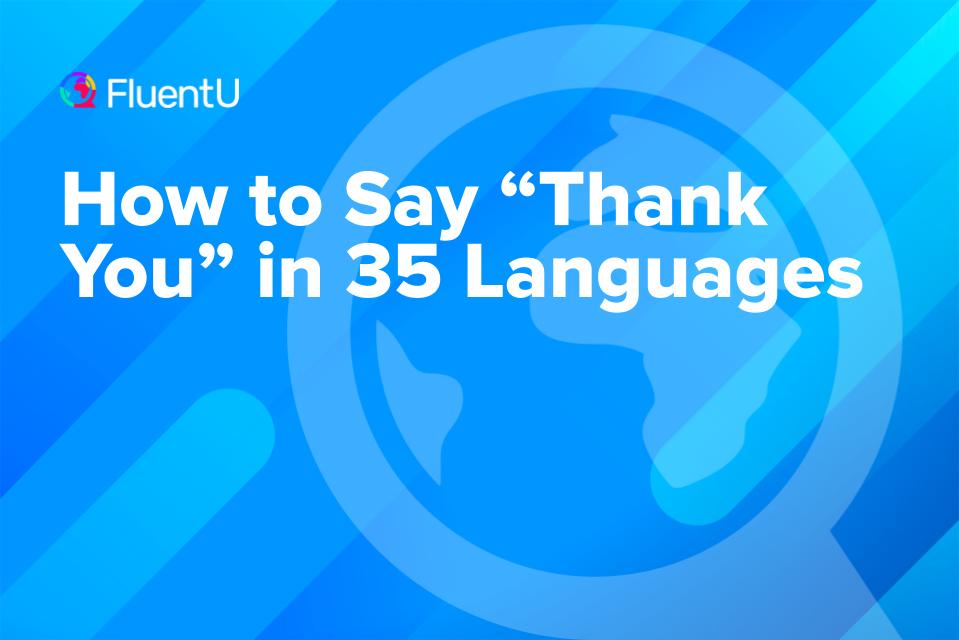
Saying thank you to show sincere gratitude is an important part of etiquette in almost all cultures. However, manners and etiquette differ from one culture to another: You’ll need to learn things like how to alter your table manners in China or Japan and when not to say thank you in India.
Here, we’ve listed the words for thank you in 35 different languages, plus some nuanced information about the phrase.
Download: This blog post is available as a convenient and portable PDF that you can take anywhere. Click here to get a copy. (Download)
If you’re embarking on an international adventure—or if you just want to be prepared to show gratitude to anyone you meet in life—it’s good to learn how to say thank you in different languages:
| Language | How to Say “Thank You” | Pronunciation |
|---|---|---|
| Afrikaans | Dankie | dahn-kee |
| Arabic | شكرا (shukraan) | shoo-krin |
| Bengali | ধন্যবাদ (dhonnobad) | dhon-noh-bahd |
| Cantonese | 唔該 (m̀h gōi) | mm-guy |
| Czech | Děkuji | djek-kwee |
| Dutch | Dank je | dahn-kyeh |
| Finnish | Kiitos | kee-tohs |
| French | Merci | mehr-see |
| German | Danke | dan-kuh |
| Greek | ευχαριστώ (efcharistó) | eff-hhar-riss-toh |
| Hawaiian | Mahalo | mah-hah-loh |
| Hebrew | תּוֹדָה (toda) | toh-dah |
| Hindi | धन्यवाद (dhanyavaad) | tahn-ya-vahd |
| Icelandic | Takk | tack |
| Indonesian | Terima kasih | teh-ree-mah kah-see |
| Italian | Grazie | graht-zee |
| Japanese | ありがとう (arigatou) | ah-ree-gah-toh |
| Khmer | ឣរគុណ (au kun) | aw kunn |
| Korean | 고마워 (gomawo) | go-mah-wah |
| Mandarin | 谢谢 (xièxie) | shee-shee-uh |
| Nepali | धन्यवाद (dhanyabād) | tahn-ya-vahd |
| Persian | سپاسگزارم (sepās-gozāram) | sey-pahs goh-zah-ram |
| Polish | Dziękuję ci | djen-ku-yen chee |
| Portuguese | Obrigado | oh-bree-gah-doh |
| Romanian | Mulţumesc | mull-tu-mesk |
| Russian | Cпасибо (spasibo) | spah-see-buh |
| Spanish | Gracias | grah-see-ahs |
| Swahili | Asante | ah-sahn-tey |
| Swedish | Tack | tahk |
| Tagalog | Salamat | sah-lah-mah(t) |
| Thai | ขอบคุณ (khàawp-khun) | khob-khoon |
| Turkish | Teşekkür ederim | teh-shek-kurr eh-dehr-rim |
| Ukrainian | Дякую (dyakuyu) | djak-ku-yuh |
| Urdu | شکریہ (shukriya) | shoo-kree-yah |
| Vietnamese | Cảm ơn | kam un |
Here’s a closer look at how you can express your gratitude in each of the 35 languages:
1. Afrikaans: Dankie
Dankie works for most situations, but to say thank you very much, use the longer expression Baie dankie, where baie means a lot.
2. Arabic: شكرا (shukraan)
While this is the more general thank you in standard Arabic, you can get a little more specific and say شكرًا لك (shukraan lak) when talking to a male or شكرًا لكي (shukraan laki) when talking to a female. It’s not a necessity to add those words, but it’s a nice touch.
3. Bengali: ধন্যবাদ (dhonnobad)
A longer version of this would be আপনাকে ধন্যবাদ (apnake dhonnobad) if you’re in a very formal situation or thanking someone older than you. For friends and loved ones that you’re close to, you would say তোকে ধন্যবাদ (toke dhonnobad) instead.
4. Cantonese: 唔該 (m̀h gōi)
You generally use this when thanking someone for an act or service, while 多謝 (dòjeh) is used to thank someone for a gift or compliment.
5. Czech: Děkuji
Another variation of this that you might hear is děkuju, which basically has the same meaning. For more casual speech, you can even shorten both of these to díky.
6. Dutch: Dank je
If speaking formally, it’s better to use dank u wel.
7. Finnish: Kiitos
This is the most common way of thanking someone, but you can use kiitos paljon in cases where you’re extremely grateful to someone.
8. French: Merci
Short and sweet is the basic French word for thanks, merci. You may also hear people thank one another with merci mille fois, which means a thousand thanks.
9. German: Danke
If someone offers you something, it’s better to use bitte to say thank you in German. Danke, in that context, may give off the impression that you’re declining the offer.
10. Greek: ευχαριστώ (efcharistó)
It’s also acceptable to pat your chest with one hand as a small gesture conveying your thanks.
11. Hawaiian: Mahalo
You may choose to say mahalo nui loa, which means thank you very much. This word has a rich and interesting history worth reading about!
12. Hebrew: תּוֹדָה (toda)
In Hebrew, you can thank anyone with תּוֹדָה (toda), whether a close friend or your manager at work. If you want to show that you’re very grateful, there’s also תּוֹדָה רַבָּה (toda raba).
13. Hindi: धन्यवाद (dhanyavaad)
This is quite a formal way of thanking someone. You can use शुक्रिया (shukriya), which is informal. Although neither of these are actually used very liberally in Indian culture.
14. Icelandic: Takk
This is a common way of saying thank you, but you may also use Þakka þér fyrir, which means thank you very much.
15. Indonesian: Terima kasih
Terima means to accept, while kasih means love—so this Indonesian phrase for thank you literally means to accept the love. You can use this in formal situations, but with someone that you already know well, you can shorten this to makasih.
16. Italian: Grazie
You can emphasize your gratitude by saying grazie mille, but be warned that this can sometimes be perceived as sarcasm!
17. Japanese: ありがとう (arigatou)
Use this thank you with family and friends, but not with someone of a higher social status, like your teacher or your boss. For them, you may use the slightly more polite ありがとうございますいます (arigatou gozaimasu).
18. Khmer: ឣរគុណ (au kun)
This is often paired with a sampeah, which is a gesture where you put your hands together and bow your head slightly.
19. Korean: 고마워 (gomawo)
Use this expression for thank you informally. To show respect to strangers or those of a higher status, add 요 (yo) to the end. With someone of a higher social status, you’ll be safer using 감사합니다 (gamsahabnida), which is much more respectful.
20. Mandarin: 谢谢 (xièxie)
This is the main way to say thank you in Mandarin, but you can also use 多谢 (duōxiè), which is the equivalent of thanks a lot, to amplify the gratitude.
21. Nepali: धन्यवाद (dhanyabād)
You can even add धेरै (dhērai) or a lot for a stronger expression of gratitude: धेरै धेरै धन्यवाद (dhērai dhērai dhanyabād).
22. Persian: سپاسگزارم (sepās-gozāram)
The literal translation for this is I am grateful. In everyday situations, you can go with مرسی (mersi), which comes from French but is commonly used in Persian.
23. Polish: Dziękuję
You can also use a simple dzięki (thanks) or dziękuję bardzo, which means thank you very much.
24. Portuguese: Obrigado
Obrigado is used when spoken by a man, while women use obrigada. Choose the proper word ending according to your own gender!
25. Romanian: Mulţumesc
This is common, but you can also use îți mulțumesc, which is informal.
26. Russian: Cпасибо (spasibo)
You may also use Большое спасибо (bolshoe spasibo) or, when trying to show immense gratitude, огромное спасибо (ogromnoye spasibo).
27. Spanish: Gracias
It seems that most of the world’s inhabitants are already familiar with the Spanish word for thank you, gracias. There’s also muchas gracias or muchísimas gracias for even more emphasis.
28. Swahili: Asante
An alternative is nashukuru, which literally means I appreciate you. Another word for thank you is shukrani, although it’s not used as often.
29. Swedish: Tack
It’s quite common to say tackar (thanks) or tack så mycket (thanks so much), the latter of which is just slightly more formal but still used in everyday situations.
30. Tagalog: Salamat
For thank you very much instead, the expression is maraming salamat. If you’re talking to an older person and you want to be respectful, many people also add po, so you would say salamat po.
31. Thai: ขอบคุณ (khàawp-khun)
This phrase works on its own, but it sounds more natural to add a particle at the end for your gender. For example, if you’re female, you would say ขอบคุณค่ะ (khàawp-khun ka), but if you’re male, you’d say ขอบคุณครับ (khàawp-khun krab) instead.
32. Turkish: Teşekkür ederim
This is an expressive way of saying thank you in Turkish, when another person has done something really special for you. For a more casual expression, there’s also teşekkürler, which is similar to thanks in English.
33. Ukrainian: Дякую (dyakuyu)
In the more Eastern parts of Ukraine, Спасибі (spasybi) is also used, although it’s still less common.
34. Urdu: شکریہ (shukriya)
In Pakistan, even people who speak other regional languages will be able to understand this! To make it even more appreciative, you can say thanks a lot with بہت شکریہ (bohat shukriya).
35. Vietnamese: Cảm ơn
Remember to use tones with this! Cảm is pronounced with a broken falling tone, while ơn uses the flat tone. You’ll also typically have to add a pronoun after such as bà for an older woman or ông for an older man to make it sound more polite.
When you’re practicing your manners in a new country, pay close attention to what the locals do and try to figure out what the courteous customs are. If that doesn’t work for you, befriend a local and ask them about customs directly.
You might also find, as a language learner, that researching a culture will aid you in your language learning experience.
One effective (and entertaining) way to understand foreign cultures is by engaging with media from that culture. Not only are you learning the language, but you’re learning about customs, gestures and more. One way you can do this is by using a language program such as FluentU.
FluentU takes authentic videos—like music videos, movie trailers, news and inspiring talks—and turns them into personalized language learning lessons.
You can try FluentU for free for 2 weeks. Check out the website or download the iOS app or Android app.
P.S. Click here to take advantage of our current sale! (Expires at the end of this month.)
There you have it! You’re now ready to receive all manner of nice things and express your appreciation and gratitude, no matter where you are.
Just remember that it’s not always about what you say, but what you do that matters.
Download: This blog post is available as a convenient and portable PDF that you can take anywhere. Click here to get a copy. (Download)
And One More Thing...
If you dig the idea of learning on your own time from the comfort of your smart device with real-life authentic language content, you'll love using FluentU.
With FluentU, you'll learn real languages—as they're spoken by native speakers. FluentU has a wide variety of videos as you can see here:
FluentU has interactive captions that let you tap on any word to see an image, definition, audio and useful examples. Now native language content is within reach with interactive transcripts.
Didn't catch something? Go back and listen again. Missed a word? Hover your mouse over the subtitles to instantly view definitions.
You can learn all the vocabulary in any video with FluentU's "learn mode." Swipe left or right to see more examples for the word you’re learning.
And FluentU always keeps track of vocabulary that you’re learning. It gives you extra practice with difficult words—and reminds you when it’s time to review what you’ve learned. You get a truly personalized experience.
Start using the FluentU website on your computer or tablet or, better yet, download the FluentU app from the iTunes or Google Play store. Click here to take advantage of our current sale! (Expires at the end of this month.)

